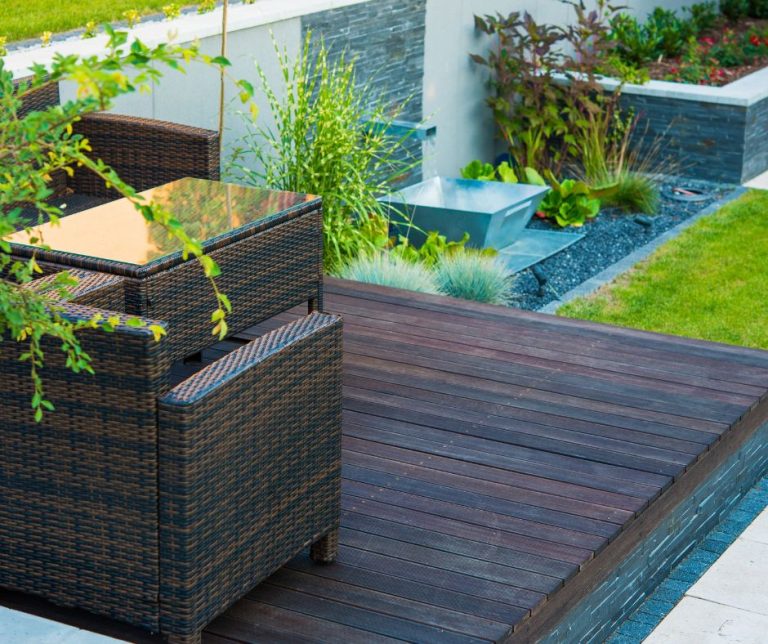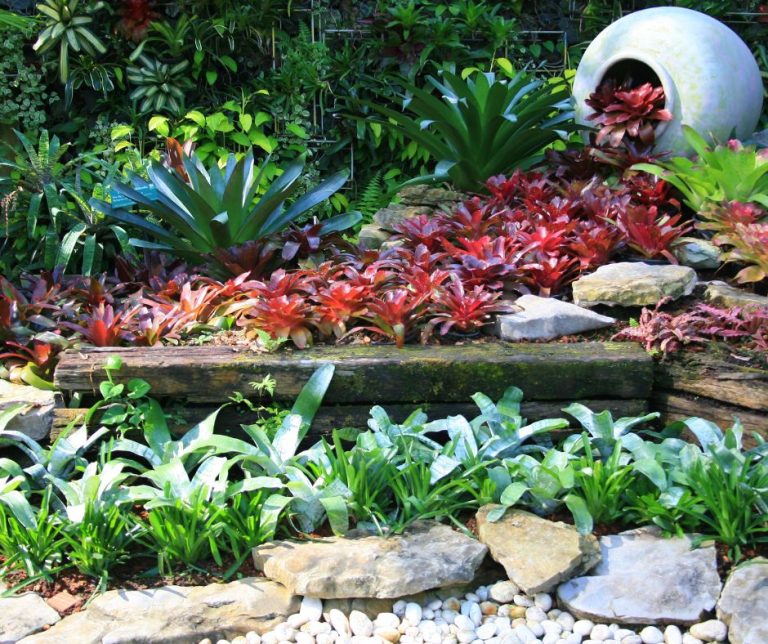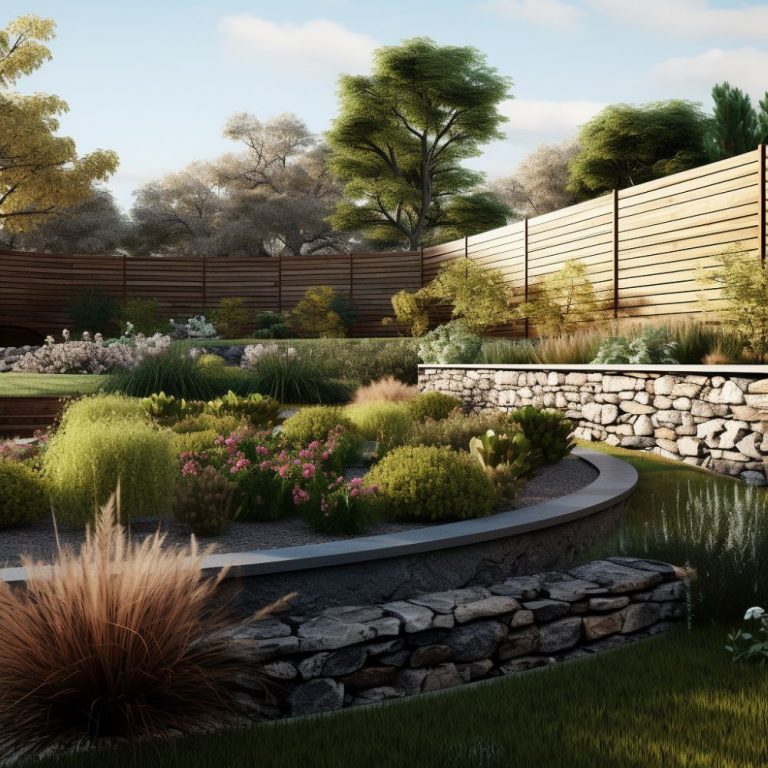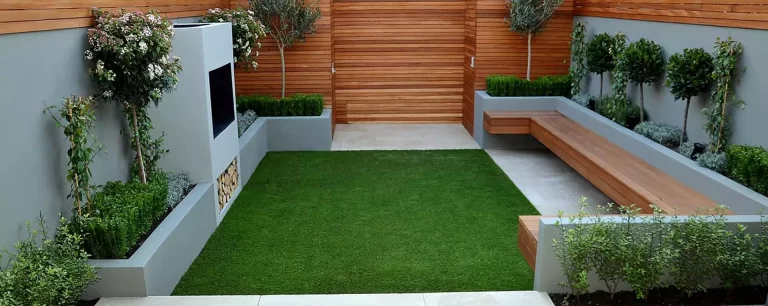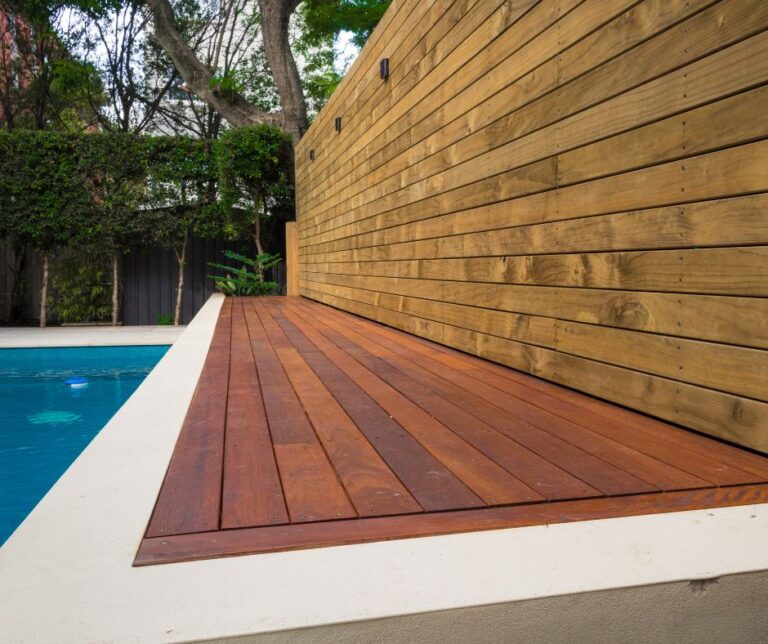Landscaping And Drainage Solutions
Importance of Drainage In Your Yard
Ensuring proper drainage is crucial for landscaped property. Adequate drainage plays a vital role in maintaining a safe and functional outdoor areas and it can also affect your homes structure.
Did you know that the team behind Oasis Landscaping projects have separate trade qualifications.
We are qualified builders, landscapers and plumbers.
This allows us to install the best drainage options when we are landscaping a yard, installing a retaining wall, building a swimming pool and constructing any outdoor entertainment areas.
Managing rain water is a vital part of any landscaping design
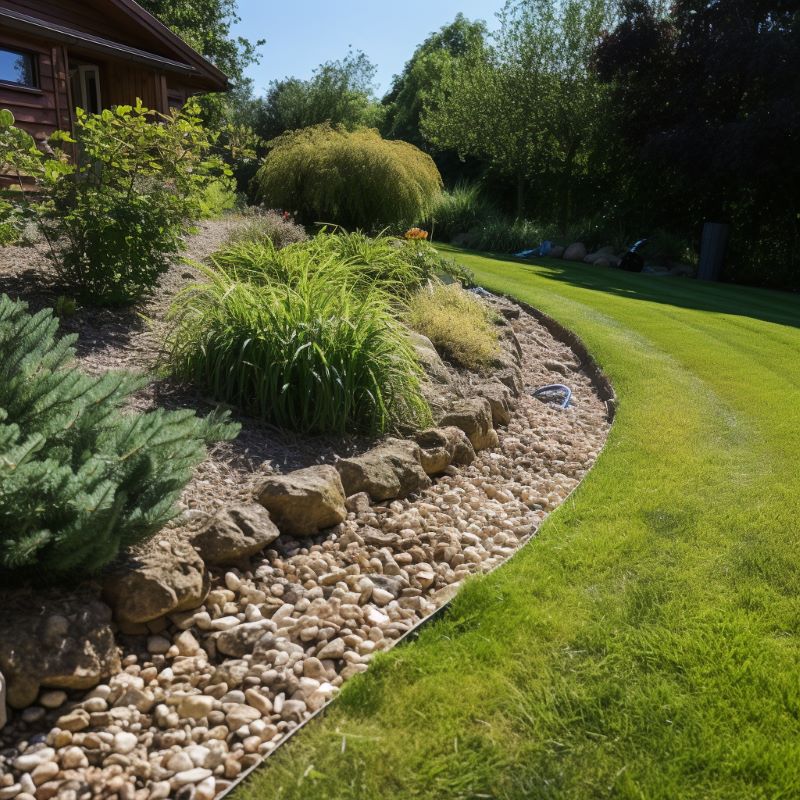
The Role of Proper Drainage
Proper drainage is responsible for directing excess water away from your home, preventing water accumulation and potential damage. It helps to manage water flow and maintain the structural integrity of your property. Here are some key roles that proper drainage plays:
- Preventing water damage: Effective drainage systems divert water away from the foundation, basement, and other vulnerable areas of your home. This helps to prevent water seepage, leaks, and dampness that can lead to structural damage, mould growth, and other issues.
- Preserving the landscape: Good drainage preserves the health and aesthetics of your outdoor spaces. By preventing waterlogging and soil erosion, it ensures that your garden, lawn, and plants receive the right amount of moisture to thrive.
- Protecting hardscapes: Proper drainage safeguards your driveways, walkways, patios, and other hardscaped areas from water damage. It prevents cracking, shifting, and deterioration caused by excess moisture.
- Maintaining a healthy environment: Efficient drainage helps prevent stagnant water, which can become a breeding ground for mosquitoes and other pests. It also reduces the risk of waterborne diseases and promotes a healthier living environment.
Potential Issues without Adequate Drainage
Without adequate drainage, a range of problems can occur, impacting both the interior and exterior of your home. Here are some potential issues that can arise without proper drainage:
- Foundation damage: Excessive water accumulation around the foundation can lead to cracks, shifting, and settling. This compromises the structural stability of your home.
- Soil erosion: Poor drainage can cause soil erosion, especially on slopes or uneven terrain. This can create uneven surfaces, damage plant roots, and erode landscaping features.
- Structural damage: Water infiltration can damage walls, ceilings, and other structural elements of your home. It can weaken the integrity of building materials, leading to costly repairs and renovations.
Common Drainage Solutions We Install
When it comes to ensuring effective drainage for Australian homes, there are several drainage solutions available. Each solution is designed to address specific needs and conditions.
Surface Drainage Systems
Surface drainage systems are an essential component of a well-maintained property. These systems are designed to collect and divert excess water from the surface, preventing it from pooling and causing damage.
Surface drainage systems typically consist of gutters, downspouts which we add to pergolas or patio roofing, and surface channel drains for hardscaped areas
Gutters and downspouts are used to collect rainwater from the roof and direct it away from the foundation of the house.
Surface channels, such as trench drains or swales, are used to guide water flow away from walkways, driveways, and other areas prone to flooding.
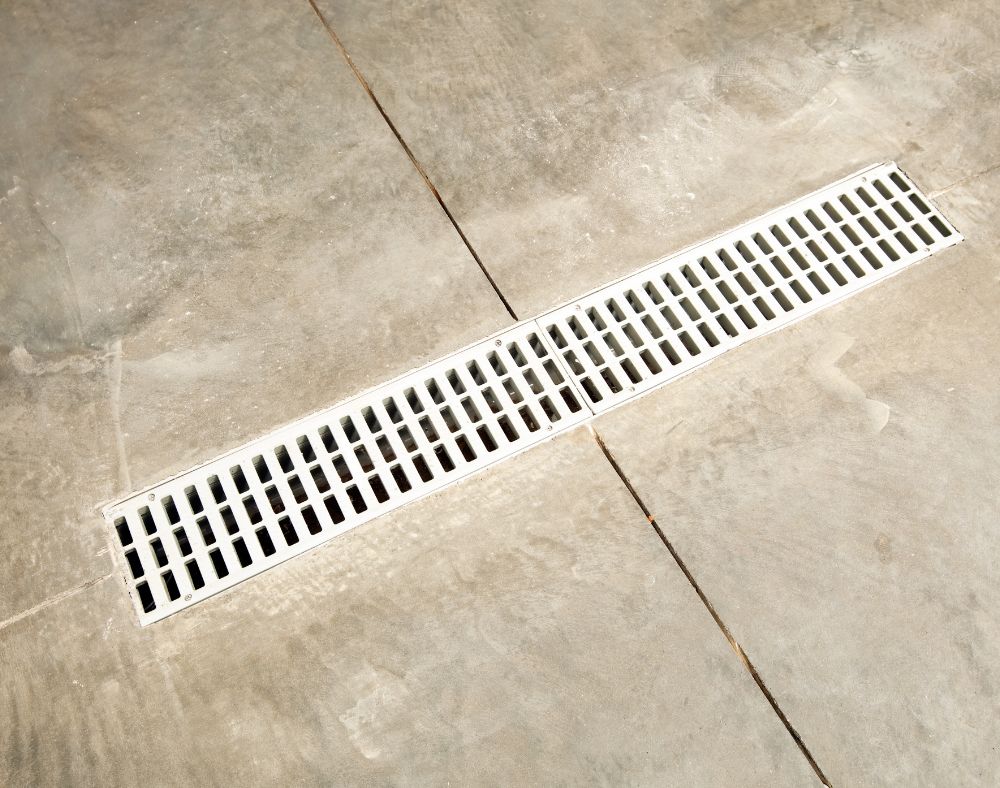
French Drains
French drains are an effective underground drainage solution commonly used in Sydney homes. These drains are designed to redirect water away from the property, preventing waterlogging and potential foundation damage. A French drain typically consists of a perforated pipe surrounded by gravel or aggregate material. We often use these when we are building retaining walls or doing terraced areas like around a sunken fire pit.
The drain is installed in a trench filled with gravel, which allows water to flow into the pipe while filtering out debris. Once in the pipe, the water is directed away from the property through a slope or a gravity-based drainage system. French drains are particularly useful in areas with high water tables or heavy rainfall.
Surface Water Management
When it comes to managing surface water in your backyard, there are several effective solutions that can help prevent water accumulation and improve drainage. Here are three commonly used methods: swales, permeable paving, and grading and sloping.
Swales
Swales are shallow, wide channels or ditches designed to redirect and control the flow of water. They are typically located along the contour lines of your property to collect and channel water away from problem areas. Swales can be lined with rocks or vegetation to slow down the water and encourage infiltration into the soil.
By strategically placing swales in your backyard, you can effectively capture and redirect surface water, preventing it from pooling in unwanted areas. It’s important to ensure that the swales are properly constructed and graded to facilitate the desired water flow.
Swales can be built to look and act like a creek bed.
If you have water runoff issues – A Swale maybe the perfect solution
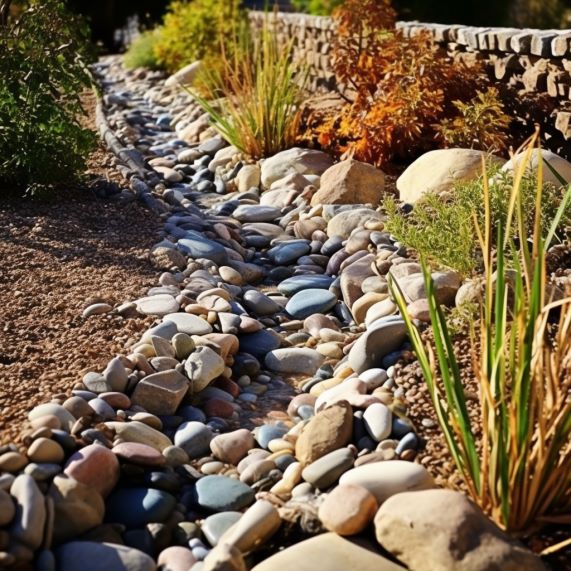
Permeable Paving
Permeable paving is an excellent solution for managing surface water while maintaining an aesthetically pleasing backyard. This type of paving allows water to infiltrate through the surface, reducing runoff and minimizing water accumulation. Permeable paving materials include porous concrete, permeable asphalt, and interlocking permeable pavers.
By choosing permeable paving for your driveway, patio, or walkway, you can effectively manage surface water and prevent it from becoming a drainage issue. The permeable surface allows rainwater to seep into the ground, replenishing the natural water table. Additionally, permeable paving helps to reduce the risk of erosion and mitigate the impact of stormwater runoff.
Grading and Sloping
Proper grading and sloping of your backyard is crucial for effective surface water management. By creating gentle slopes away from your home’s foundation and problem areas, you can ensure that water drains naturally and doesn’t accumulate in unwanted locations. This is particularly important in areas prone to waterlogging or heavy rainfall.
When grading and sloping your backyard, it’s essential to consult professionals or refer to local guidelines to ensure that the slopes are appropriately designed. Proper grading and sloping help prevent water from pooling around your home’s foundation, which can lead to structural damage and other issues.
Implementing these surface water management techniques can significantly improve the drainage of your backyard and help prevent waterlogging issues.
Regular inspection and maintenance of your drainage systems are also important to ensure their continued effectiveness.
What Are Your Drainage Needs
Before implementing any drainage solutions for your Sydney home, it is important to assess your specific drainage needs. Every property is unique, and several factors should be considered to determine the most suitable drainage system for your home.
Factors to Consider
When assessing your drainage needs, take the following factors into account:
- Topography: Evaluate the slope and contours of your property. Identify areas where water tends to accumulate or pool, as these are potential problem areas that require effective drainage.
- Soil Type: Different soil types have varying levels of permeability. Clay soils, for example, tend to retain water, while sandy soils drain more easily. Understanding your soil type will help determine the appropriate drainage system.
- Rainfall Patterns: Consider the average rainfall in your area, as well as any seasonal variations. Areas with heavy rainfall may require more robust drainage systems to handle the increased water volume.
- Water Source Proximity: Take note of any nearby water sources, such as rivers, lakes, or underground springs. These sources can contribute to excess water or even flooding on your property, requiring additional drainage measures.
- Existing Drainage Issues: Assess any existing drainage problems you may have, such as water seepage in basements, soggy lawns, or pooling water near the foundation. Identifying these issues will help determine the most effective solutions.
By considering these factors, you can gain a better understanding of the specific drainage needs of your property and make informed decisions regarding the appropriate drainage solutions.

Assessing Your Drainage Needs
Before implementing any backyard drainage solutions, it is crucial to assess your specific drainage needs. This involves identifying problem areas and determining the severity of the issue at hand.
Identifying Problem Areas
To begin, take a thorough walk around your backyard after a heavy rainfall or during periods of water accumulation. Look for areas where water tends to pool, creating puddles or soggy patches. These problem areas may include low-lying spots, areas near downspouts or gutters, or sections where the ground is uneven or sloped incorrectly.
It is also important to consider the proximity of your home’s foundation.
If you notice water pooling near the foundation, it could indicate a potential risk of water seeping into your home or causing structural damage. Pay close attention to any signs of water infiltration or dampness in your basement walls or flooring.
By pinpointing these problem areas, you can better understand where water is not draining effectively and prioritise the implementation of suitable drainage solutions
Maintenance and Upkeep
To ensure the effectiveness and longevity of your drainage system, regular maintenance and upkeep are essential. By performing routine inspections, cleaning, and addressing common drainage problems, you can prevent potential issues and maintain the proper functioning of your drainage system.
Regular Inspection and Cleaning
Regularly inspecting and cleaning your drainage system is crucial to identify any potential problems and ensure optimal performance. Here are some important steps to follow:
- Check for Blockages: Inspect the grates, gutters, and downspouts to ensure they are free from debris, leaves, or any other obstructions that could hinder water flow. Clear any blockages to prevent water backup and potential damage to your property.
- Inspect for Damage: Look for any signs of damage or deterioration in the drainage pipes, gutters, or downspouts. Check for cracks, leaks, or loose connections that may affect the efficiency of the system. If you notice any issues, it’s important to address them promptly to prevent further damage.
- Clean Gutters and Downspouts: Regularly clean out your gutters and downspouts to remove accumulated debris. This will prevent clogging and ensure that water flows freely away from your home.
- Maintain Proper Slope: Check the slope of your yard and ensure that it allows for proper drainage away from your home’s foundation. If necessary, make adjustments to the slope to prevent water pooling near your property.
Troubleshooting Common Drainage Problems
Even with regular maintenance, drainage problems may still arise. Here are some common issues and troubleshooting tips:
- Water Pooling: If you notice water pooling in certain areas of your yard, it may indicate a drainage problem. Consider installing additional drainage solutions such as French drains or surface drainage systems in these problem areas.
- Foul Odours: If you detect foul odors coming from your drains or yard, it could be a sign of a blocked or damaged drainage system. Inspect the pipes for blockages and clean them thoroughly. If the issue persists, it may require professional assistance.
- Erosion: If you notice soil erosion around your property, it may indicate poor drainage. Consider installing underground drainage systems to redirect excess water away from your home.
- Soggy Yard: If your yard remains soggy or muddy even after heavy rainfall, it may indicate inadequate drainage. Explore options such as installing additional surface drainage systems or improving the existing ones.
Regular maintenance, prompt troubleshooting, and addressing issues promptly will help ensure that your Australian home drainage system functions effectively and protects your property from potential water damage. If you encounter complex drainage problems or require professional assistance, it’s advisable to consult a qualified drainage specialist.
Future of Australian Home Drainage
As the demand for efficient and sustainable housing solutions continues to grow, the future of better drainage is also evolving.
Sustainable Drainage Solutions
Sustainable drainage solutions are gaining prominence due to their ability to manage stormwater runoff while minimising environmental impact. These solutions aim to mimic natural drainage processes by allowing water to infiltrate into the ground and be absorbed by vegetation, rather than being redirected to drains and waterways.
One example of sustainable drainage solutions is the use of rain gardens or bio-retention systems. These features incorporate specially designed areas with plants and soil that help collect, filter, and manage stormwater runoff. The plants in the rain garden absorb water and pollutants, promoting natural purification processes. Rain gardens can be integrated into the landscape of a property, providing both functional and aesthetic benefits.
Another sustainable drainage solution is the permeable pavement. This type of pavement allows water to pass through its surface, reducing the amount of runoff that enters the drainage system. Permeable pavements are commonly used in driveways, walkways, and parking areas, providing an effective way to manage stormwater while also reducing the risk of flooding.
Innovations in Drainage Technology
Advancements in technology are revolutionizing the way drainage systems are designed and operated. These innovations offer improved efficiency, increased control, and enhanced monitoring capabilities. Some notable innovations include:
- Smart drainage systems: These systems incorporate sensors and monitoring devices to provide real-time data on water flow, water quality, and system performance. By analyzing this data, property owners and drainage professionals can make informed decisions to optimize drainage efficiency and prevent potential issues.
- Modular drainage systems: Modular drainage systems utilize pre-fabricated units that can be easily assembled and customized to meet specific drainage needs. These systems offer flexibility and scalability, allowing for quick installation and modification. They are particularly useful in areas with limited space or challenging terrain.
- Green roof systems: Green roofs, or living roofs, are an innovative drainage solution that involves covering rooftops with vegetation. These roofs help absorb rainwater, reducing runoff and providing insulation benefits. Green roofs also contribute to urban biodiversity and improve air quality.
Drainage is a vital part of all the landscaping design work and construction work we do.
Without the right way to manage rainfall or stormwater, your garden or backyard can be unusable
Not to mention damage to your home.
When you work with Oasis Landscaping Projects, you can be assured that we take drainage seriously and we are licensed and skilled in all drainage options and applications
Get in touch with us today to find out more.

